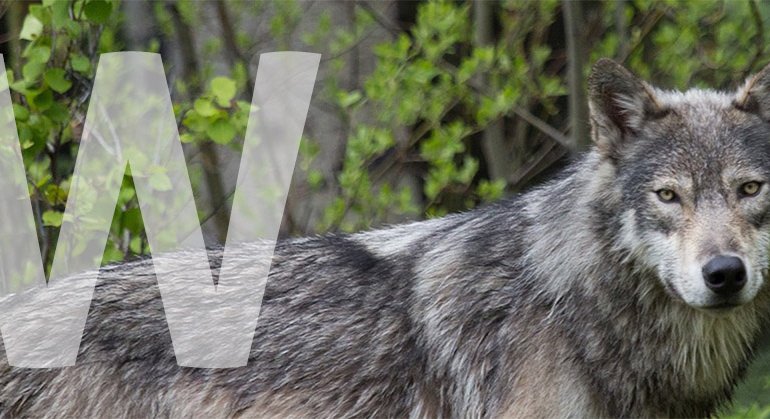Here’s an article to prove once again how amazing nature is. In nature colors play an essential role in communication, camouflage, and courtship, the combination of red and blue is both rare and mesmerizing.
These hues, reminiscent of a painter’s passionate strokes, symbolize different things in human cultures: from ardor and love to serenity and depth.
Yet, in the wild, they come together in some of the most captivating creatures. From the dazzling depths of the oceans to the high canopies of tropical forests, we journey to discover twelve of the most splendid red and blue animals.
10 Red and Blue Animals: Overview
- Coral Grouper
- Red-and-Blue Lory
- Eastern Rosella
- Mandarin Dragonet
- Eclectus Parrot
- Sarcoramphe King Vulture
- Harlequin Tuskfish
- Coppersmith_Barbet
- Red-Headed Parrotfinch
- Red and Blue Poison Dart Frog
Red and Blue Animals: Pictures and Facts
Coral Grouper
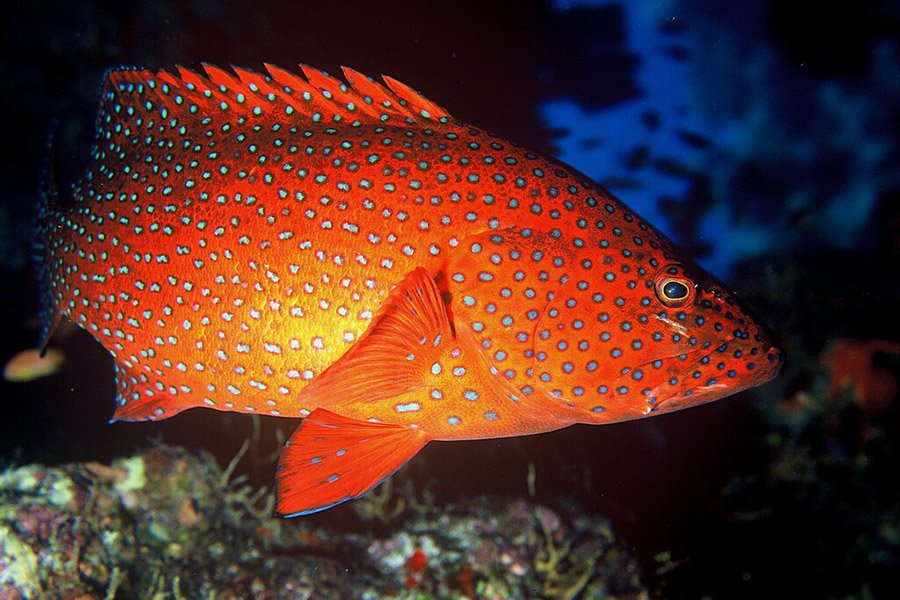
- Scientific name: Cephalopholis miniata
- Type of animal: Fish
- Where found: Indo-Pacific region, particularly around coral reefs
The Coral Grouper’s stunning appearance, characterized by its bright red body punctuated by brilliant blue spots, isn’t just for show. This reef dweller uses its vibrant colors to blend into the coral habitats seamlessly.
As opportunistic predators, Coral Groupers employ a hunting technique called “cornering,” where they chase their prey into crevices or ambush them using their colors as camouflage. Groupers are solitary by nature and are known to be territorial, often staking claim to a particular stretch of coral.
Did you know? Some Coral Groupers collaborate with other species, like moray eels, in hunting. The grouper’s agility combined with the eel’s ability to enter tight spaces makes them a formidable hunting duo.
Red-and-Blue Lory
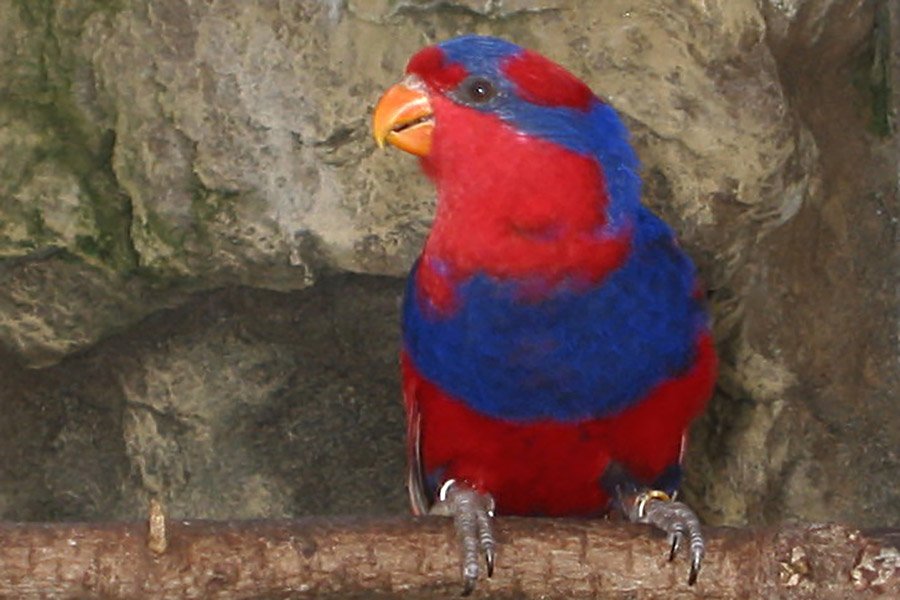
- Scientific name: Eos histrio
- Type of animal: Bird
- Where found: Talaud Islands and Sangir Archipelago of Indonesia
Endemic to select Indonesian islands, the Red-and-blue Lory flaunts its fiery red plumage contrasted beautifully by deep blue wings. These parrots are nectarivores, with a special brush-tipped tongue to feed on nectar and pollen efficiently.
The forests echo with their loud, piercing calls, especially during dawn and dusk. Known to be great fliers, they often travel significant distances in search of food, particularly fruiting trees.
Did you know? These lories play a crucial ecological role as pollinators, ensuring the reproduction of many tree species in their habitats.
Eastern Rosella
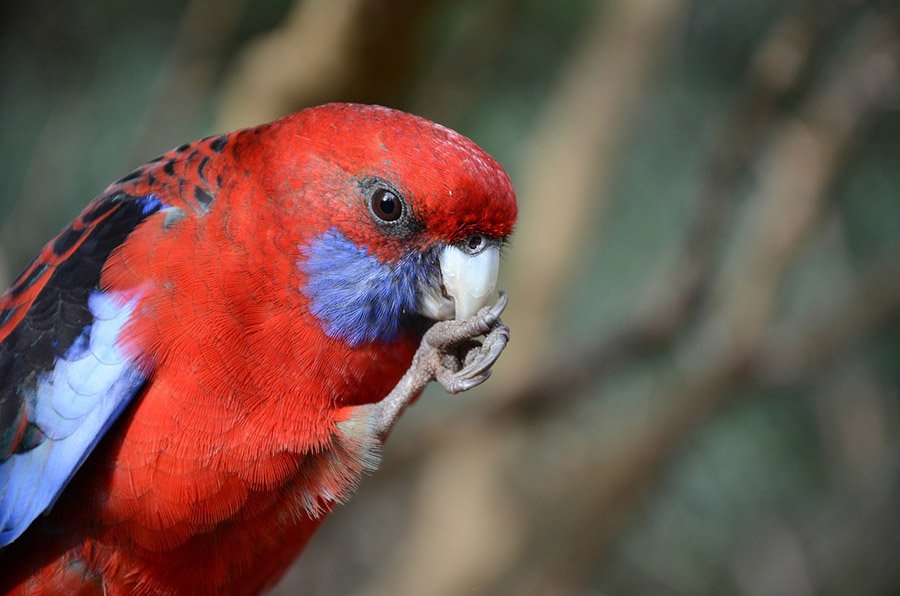
- Scientific name: Platycercus eximius
- Type of animal: Bird
- Where found: Eastern Australia and Tasmania
The Eastern Rosella is an iconic bird of Australia, identifiable by its red head and chest, set against blue cheeks and a mix of green, blue, and yellow on its body. This parakeet is often spotted feeding on the ground, foraging for seeds.
Their diet is diverse, including fruits, seeds, and flowers. While they might be wary of humans in the wild, in urban settings, they’ve been known to visit bird feeders or accept scraps.
Did you know? Eastern Rosellas are monogamous, often forming long-term pair bonds. During nesting season, they prefer using natural hollows in trees.
Mandarin Dragonet
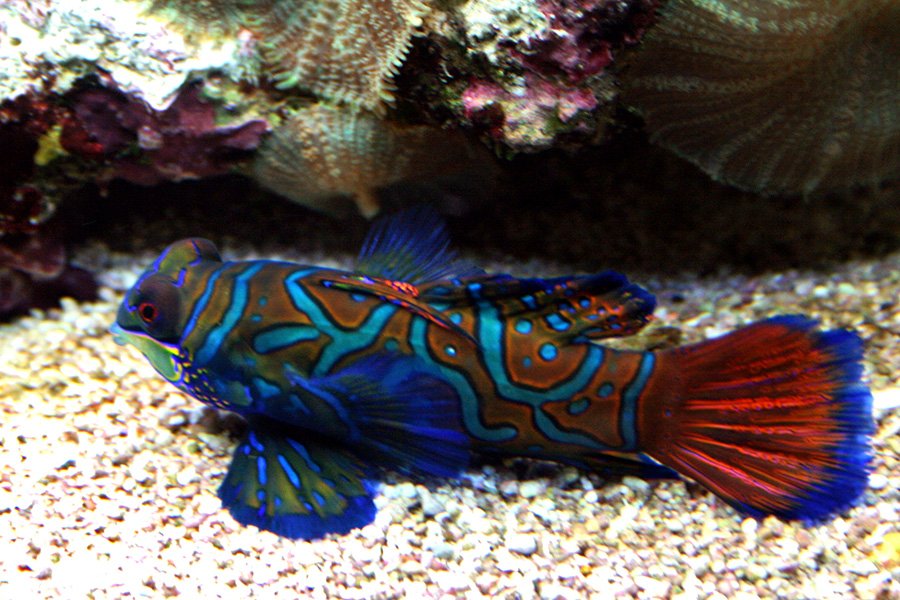
- Scientific name: Synchiropus splendidus
- Type of animal: Fish
- Where found: Western Pacific Ocean
Also known as the Mandarin Fish or Mandarin Goby, this small saltwater fish’s intricate patterns of blue, orange, and green set it apart. Found in the Pacific Ocean’s warm waters, they tend to inhabit lagoons and inshore reefs, hiding among the substrate.
Their diet primarily consists of small crustaceans and worms. Their name “Mandarin” is believed to be derived from their vibrant colors, which resemble traditional Chinese dragon robes.
Did you know? Mandarin Dragonets have a unique mating dance. At dusk, males rise from the seabed, followed by females, and they release eggs and sperm in a synchronized ballet.
Eclectus Parrot
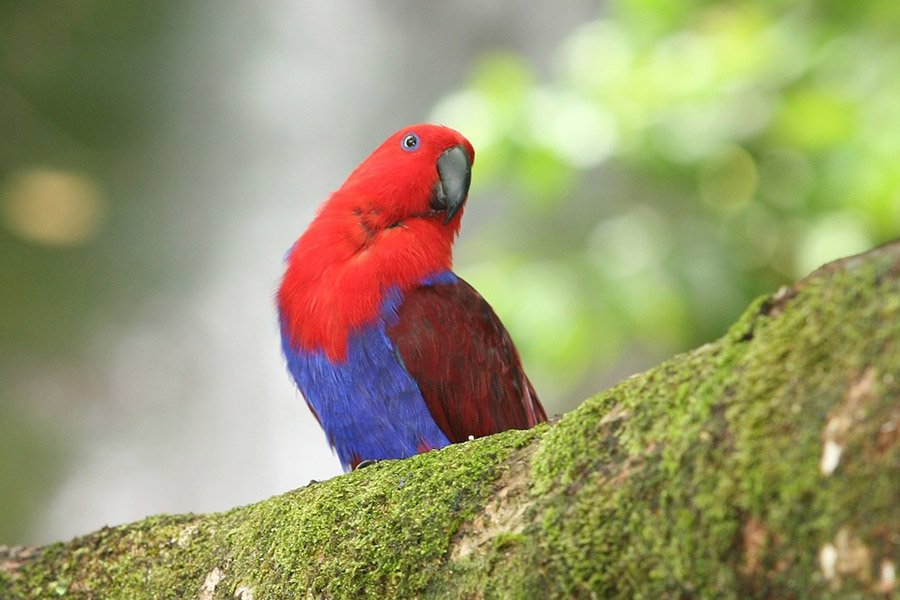
- Scientific name: Eclectus roratus
- Type of animal: Bird
- Where found: Solomon Islands, New Guinea, northeastern Australia
Among the parrots, the Eclectus stands out for its striking sexual dimorphism. While females boast a radiant red and blue plumage, males are predominantly green. This difference in appearance once led to the misconception that they were distinct species.
Native to the rainforests, their diet is mainly fruits, flowers, and seeds. These parrots have a unique digestive system, allowing them to eat certain fruits that are toxic to other animals.
Did you know? The Eclectus Parrot’s nesting habits are fascinating. Females often remain in their nesting holes for extended periods, depending on the male to bring food.
Sarcoramphe King Vulture
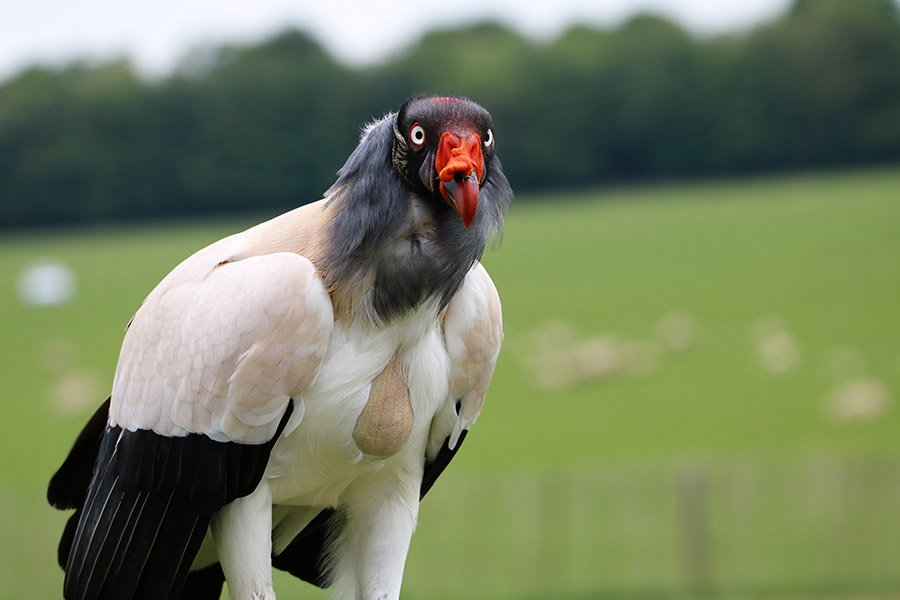
- Scientific name: Sarcoramphus papa
- Type of animal: Bird
- Where found: Tropical lowland forests from Mexico to Argentina
One of the New World vultures, the King Vulture, sports a predominantly white body but stands out due to its multi-colored head, with hues of red, orange, and blue.
Unlike many vultures, they don’t have a keen sense of smell; instead, they rely on their exceptional vision to locate food. They play a critical role in their ecosystem by consuming decaying flesh, which could be a source of disease if left unchecked.
Did you know? The King Vulture’s name is believed to be derived from an old Mayan legend where this bird was a king that served as a messenger between humans and gods.
Harlequin Tuskfish
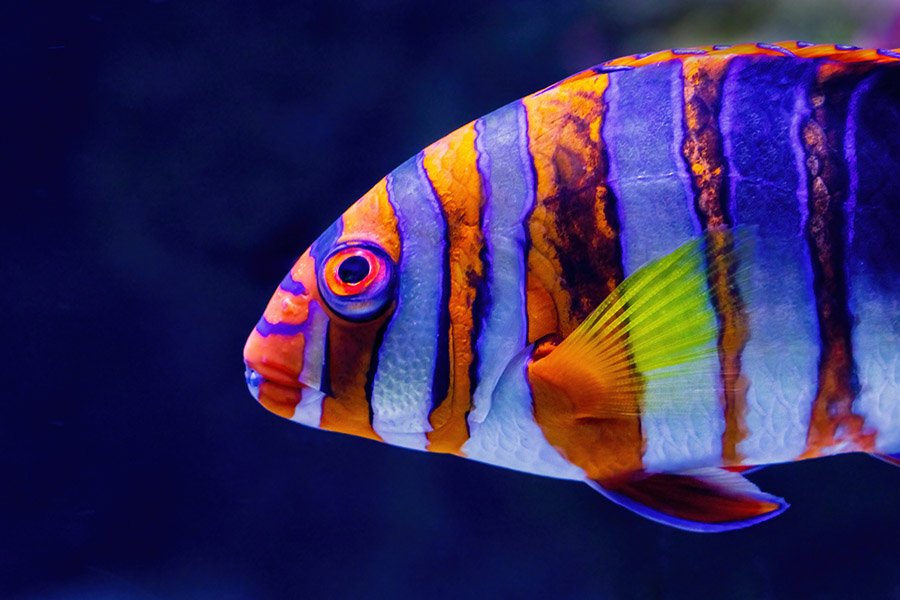
- Scientific name: Choerodon fasciatus
- Type of animal: Fish
- Where found: Western Pacific Ocean, from Australia to Japan
Dwelling in the reefs of the Western Pacific Ocean, the Harlequin Tuskfish showcases an intricate series of blue stripes set against a reddish backdrop. The “tusks” or elongated teeth that it’s named after aren’t just ornamental; they’re functional, assisting the tuskfish in prying small invertebrates from crevices.
It is known to be a somewhat shy creature, often retreating to hide when approached. As it matures, its colors intensify, and its “tusks” become more pronounced.
Did you know? Harlequin Tuskfish’s tusks continuously grow throughout its life. Older fish often have longer and more prominent tusks.
Coppersmith Barbet
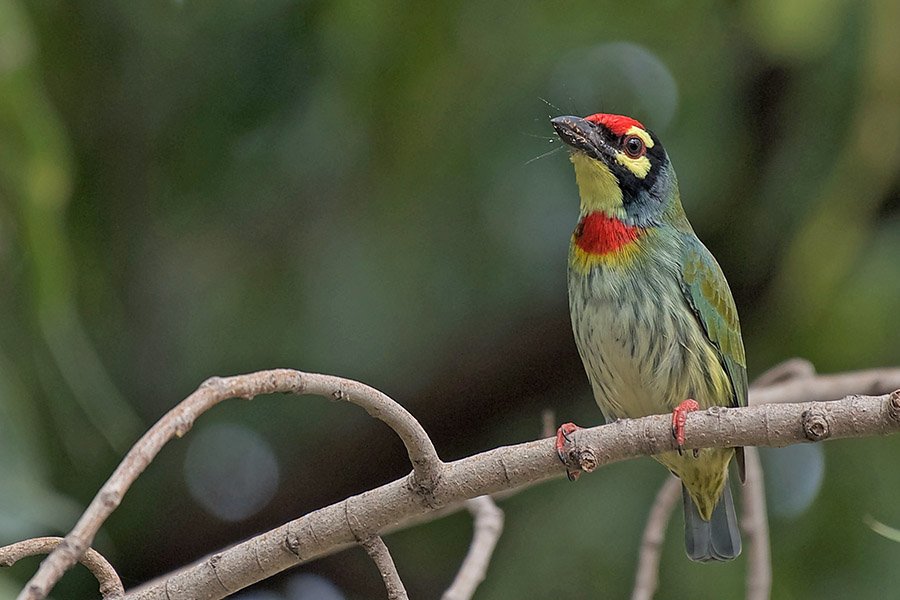
- Scientific name: Megalaima haemacephala
- Type of animal: Bird
- Where found: Western Ghats of India and Sri Lanka
Showcasing a mix of colors – a prominent crimson forehead and throat, with patches of blue and green – the Crimson-breasted Barbet, or Coppersmith Barbet, is a resident of the Western Ghats of India and Sri Lanka.
While their primary diet is fruits, they’re also known to snack on various insects, using their sharp beaks to pick them off trees. Their calls are distinctive, often compared to the sound of a coppersmith striking metal, earning them the colloquial name “Coppersmith Barbet.”
Did you know? The Crimson-breasted Barbet has a unique way of greeting its partner. When one returns to the nest, both engage in a mutual “head-rubbing” ceremony.
Red-Headed Parrotfinch
 Source: Wikimedia Commons
Source: Wikimedia Commons- Scientific name: Erythrura cyaneovirens
- Type of animal: Bird
- Where found: Vanuatu in the South Pacific
Sporting a vivid red head, a green body, and blue tail feathers, the Red-Headed Parrotfinch is a sight to behold. Found in the grassy plains and forest edges of Vanuatu, they’re social birds, often seen in groups while foraging.
They have a particular liking for bamboo seeds, which makes up a significant portion of their diet. During breeding seasons, they’re known to make nests using grass and bamboo leaves.
Did you know? Red-Headed Parrotfinches have an intriguing breeding behavior. To woo a female, the male performs a dance, puffing up his feathers and hopping around her while singing a melodious tune.
Red and Blue Poison Dart Frog

- Scientific name: Oophaga pumilio
- Type of animal: Amphibian
- Where found: Central and South America, primarily Costa Rica
Sporting vibrant red with blue legs, the Red and Blue Poison Dart Frog’s coloration isn’t just about aesthetics; it’s a warning. These amphibians are found in Central and South America, predominantly in Costa Rica.
They derive their name from indigenous tribes who used the frog’s skin toxins to poison their blow darts. Their bright colors serve as aposematism, signaling potential predators of their toxicity.
Did you know? Unlike many other frogs, Red and Blue Poison Dart Frogs are diurnal. Their daytime activities, coupled with their bright colors, make them more visible, further emphasizing their warning signal to predators.

